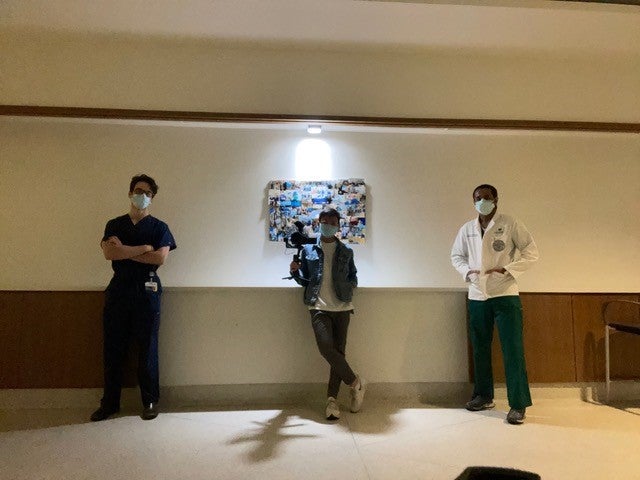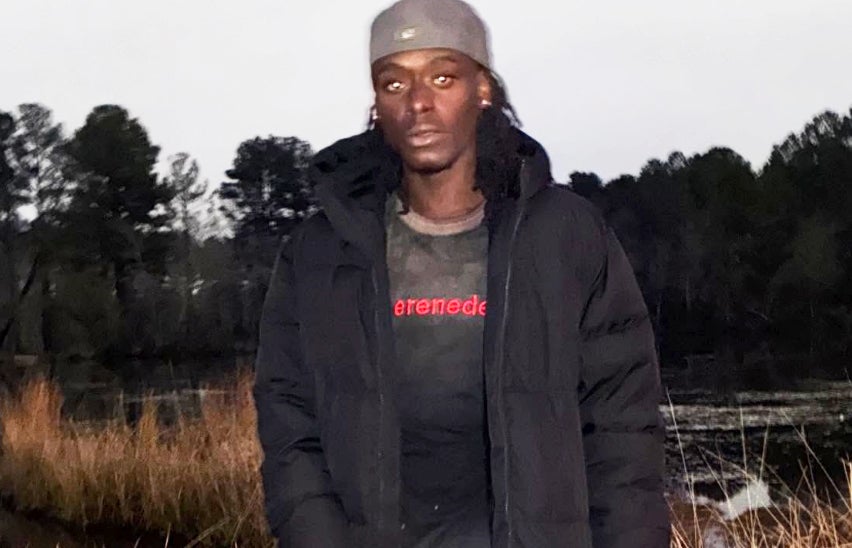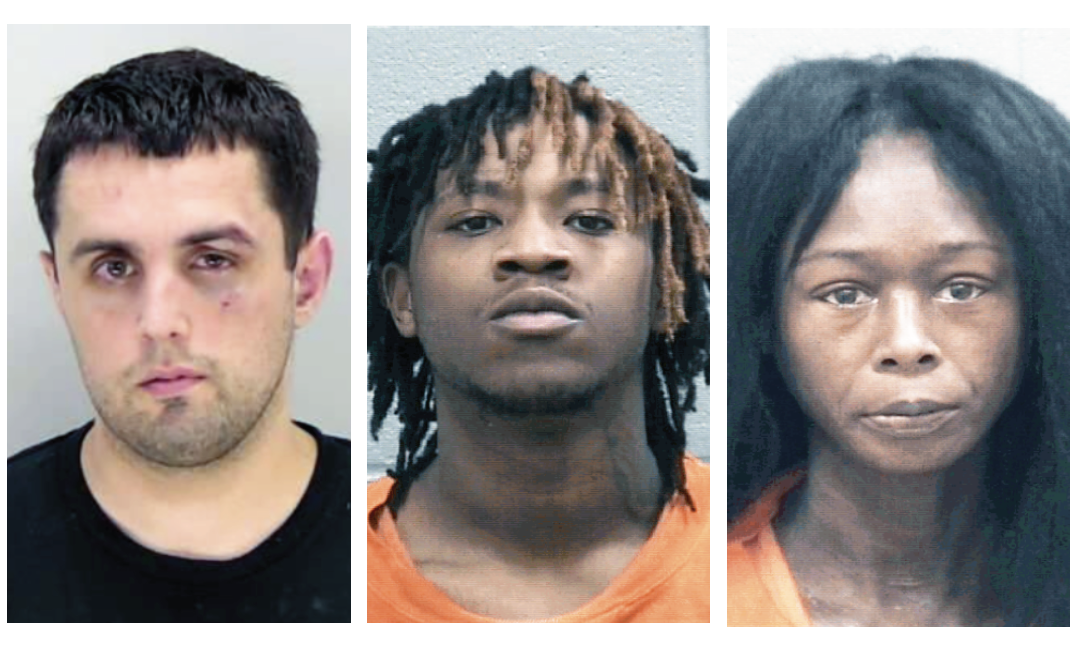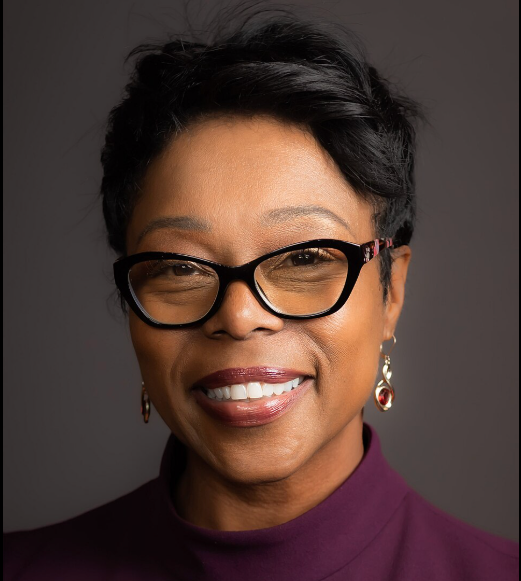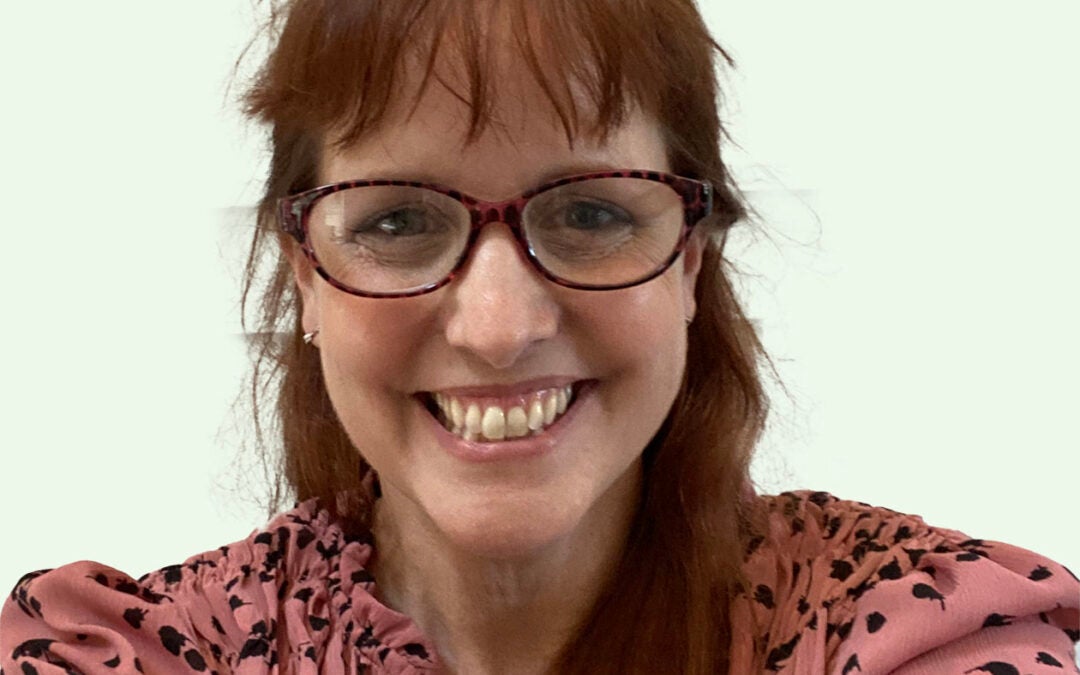It’s been two years since Rushay Amarath, Tyler Beauchamp and Andy Nguyen, students at the Medical College of Georgia, produced and released their music video “Stay Inside: A Toast to the Frontline.”
The six-minute, audiovisual pastiche of the Kanye West song “Runaway” praised healthcare workers during the height of the COVID pandemic, a “thank you” song to those on the front lines.
“It really did feel like an avenue for us to share what we were thinking,” said Amaranth, calling the endeavor a cathartic means to let out emotions. “It was like a therapy for me during that time, which was a really dark time for us all.”
The video was a passion project of Amarath’s, who had already been collaborating with Beauchamp playing local music gigs when the idea—and the circumstances that inspired it—struck.
“When COVID began, and all of that was obviously shut down, we started this project called Songs of Comfort,” said Beauchamp. “We would get people to record their covers or even original charts of whatever they were doing, and we would help spread it around the community.”
Amarath and Beauchamp wrote the song and shot the first version of the video before bringing Nguyen in to further develop and film the project.
“Stay Inside,” released on March 21, 2021, has since garnered some 42,000 views on YouTube. Nguyen submitted the video to the Memmys Video Competition, the University of South Carolina School of Medicine’s yearly national music video contest.
The competition reviews videos produced by students in the health profession, chooses three winners and presents monetary prizes.
The Memmys returned after a hiatus, caused by the pandemic, selecting “Stay Inside” for its top winner in 2023.
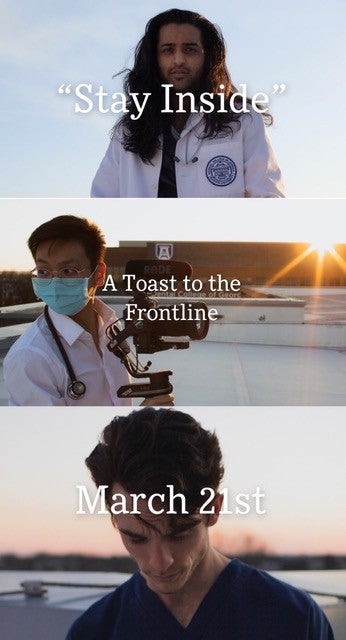
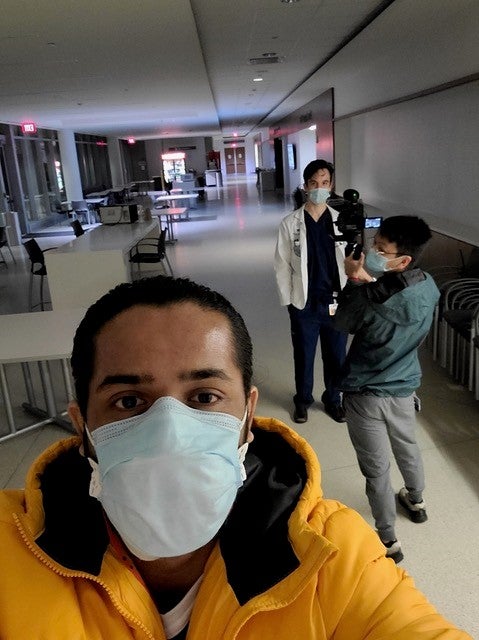
The trio recalls a stark contrast between the reception of the video after it was released, and the responses to the project while it was in production.
“We all had this vision, and it was really hard for us to put into words what we wanted to do,” said Amarath. “When you come up to somebody in the faculty and you [request] access to certain parts of campus that students don’t usually have access to, to film a music video, they just look at you.”
The three students also note the difference between where they were in their medical careers. The World Health Organization has since declared that COVID-19 is no longer a global emergency. When the video dropped, Nguyen was a first-year med student, Beauchamp and Amarath were in their second year.
“We really didn’t understand first-year was actually like to work in the hospital when we finished the video,” said Amarath, who will graduate from MCG this month, then to Wellstar Kennestone in Marietta, for a transitional year of residency before heading to Emory for a residency in diagnostic radiology. “We just knew that people we looked up to were in so much pain, essentially because they’ve been working so hard, and they just saw more and more people getting sick. It was a tough time for them. And then that transferred to us.”
The up-and-coming physicians note that both their inexperience and admiration for those in their aspired profession were factors in prompting them toward a creative outlet.
“You have all that buildup before getting into med school, sacrifice and work in the hope that you can help people one day, and then to finally get there and arguably the biggest health crisis you’ve ever experienced in your life is happening all around the world,” said Beauchamp. “You’re so close to it to know enough of what’s going on, but to not know enough to be able to help. So you feel incredibly useless.”
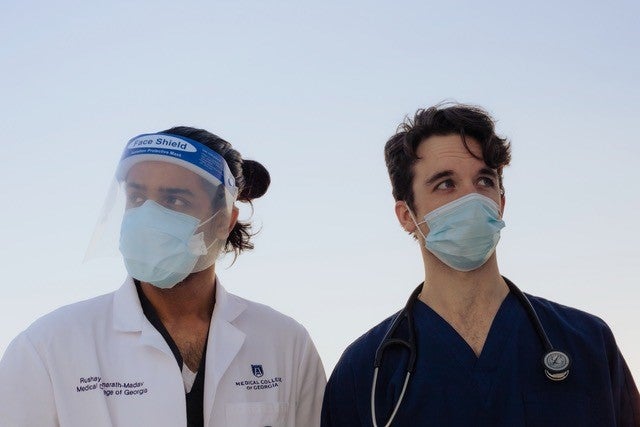
All three defaulted to an artistic approach to engaging the circumstances. Amarath has a background in music; Beauchamp wrote a novel, “Freeze Frame,” during the pandemic; and Nguyen hosts his own YouTube channel, “ND MD,” on which the music video is posted, and has over 140,000 subscribers.
Nguyen attributes some of the music video’s success to its uniqueness, noting that most entries into the Memmys competition—including from prominent universities such as Duke, Yale or Stanford, that have budgets to support professional-grade video projects—tend to skew toward being promotional videos for their medical schools.
“This is a note of encouragement to all medical students who want to tell great stories and create great art,” Nguyen said. “This is also a testament to making great art that is not the conventional script of what great art should be.”
Though time has passed, and all three have done plenty since the video first launched, appreciation for it and its message hasn’t stalled.
Beauchamp still gets emails about it: “some random kindergarten teacher out in the west being like, ‘Hey, I saw your video, and I showed it to my classroom because we’ve been feeling a little down today—that that kind of stuff really made all the difference in the world to us.”
The $1,500 prize money will go toward the Augusta University Greenblatt Library, where the plaque awarded to the video-makers will hang.

“What it meant then, and what it means now hasn’t changed, as far as it’s a memorial of what we had to go through,” said Nguyen, who was in the midst of rotations when he learned “Stay Inside” had won the contest. “And also, not just that, but a reminder of continuous gratitude.”
Skyler Q. Andrews is a staff reporter for The Augusta Press. Reach him at skyler@theaugustapress.com.

